Author: Jordan Folks
I will never forget my first sour beer. I was a beer geek living in Portland, OR circa 2010, a simpler time for craft beer, or “microbrew” as it was often called, when the geeking out was over Pale, Amber, Brown, and Red Ales, as well as the budding Cascadian Dark Ale. The concept of sour beer was foreign to me until I had the chance to visit Cascade Brewing Barrel House, a sour and barrel-aged brewery that happens to be local to me. My first sip on that day was no doubt organoleptically electrifying, causing the hair on my arms to raise and my brain to tingle, but… I wasn’t really a fan.
As sour beer continued to receive more attention over the following couple of years, I eventually developed a deep appreciation for them, ultimately inspiring me to brew my own versions. I read American Sour Beers by Michael Tonsmeier, joined the incredible Milk The Funk Facebook group, and dove headfirst into the world of sour beer. Like many, my initial focus was on fruited sours inoculated with lab-sourced cultures, which the BJCP categorizes as Wild Specialty Beer and describes as:
A sour and/or funky version of a fruit, herb, or spice beer, or a wild beer aged in wood. If wood-aged, the wood should not be the primary or dominant character.
For nearly a decade now, I’ve made many fruited sour beers where I employed long-term mixed fermentation and blending before refermenting on locally sourced whole fruit. I was certainly aware of quick souring methods, but given my success, I tended to stick with the more traditional methods. That is, until recently. I had a public tasting event on the calendar and thought it’d be good to offer something fruity alongside my beer-flavored-beer for those that don’t typically imbibe, so throwing caution to the wind, I brewed a Short & Shoddy fruited sour beer relying on a number of quick souring techniques.
| BREWING THE BEER |
Based on my years of sour beer making experience, I designed a recipe with a slightly higher OG in hopes of it being closer to a cocktail experience rather than a session Berliner Weisse that I feel often defines American quick sours. Thanks to the great F.H. Steinbart for hooking me up with the grains for this batch!
Short & Shoddy Wild Specialty Beer: Smoothie Sour
Recipe Details
| Batch Size | Boil Time | IBU | SRM | Est. OG | Est. FG | ABV |
|---|---|---|---|---|---|---|
| 6.5 gal | 30 min | 3.6 | 4.3 SRM | 1.065 | 1.01 | 7.22 % |
| Actuals | 1.065 | 1.01 | 7.22 % | |||
Fermentables
| Name | Amount | % |
|---|---|---|
| Pilsner | 20 lbs | 86.96 |
| Wheat Malt, Pale | 2.25 lbs | 9.78 |
| Rolled Oats | 12 oz | 3.26 |
Hops
| Name | Amount | Time | Use | Form | Alpha % |
|---|---|---|---|---|---|
| Nectaron | 7 g | 30 min | Boil | Pellet | 9.5 |
Yeast
| Name | Lab | Attenuation | Temperature |
|---|---|---|---|
| Dieter (G03) | Imperial Yeast | 77% | 60.8°F - 68°F |
| Lacto. Brevis (W25) | Imperial Yeast | 83% | 84.9°F - 100°F |
Notes
| Water Profile: Ca 41 | Mg 4 | Na 10 | SO4 25 | Cl 50 |
Download
| Download this recipe's BeerXML file |
The night prior to brewing, I collected the full volume of tap water and adjusted it to my desire mineral profile. At 11:16 AM the following day, I lit the flame under my kettle then prepared the grains.
When the water seemed hot enough for a reasonable saccharification rest, I stirred in the grist then checked to find it was right around my target mash temperature of 153°F/67°C.
When the brief 30 minute mash was complete, I collected the sweet wort and started heating it up when I realized I was out of propane. After a 20 minute trip to swap tanks, I proceeded with boiling the wort for a mere 5 minutes, the purpose being to sanitize it prior to adding souring microbes.
When the boil was complete, I let it sit for about 30 minutes to chill a bit before adding lactic acid to reduce the pH to the recommended range for quick souring.
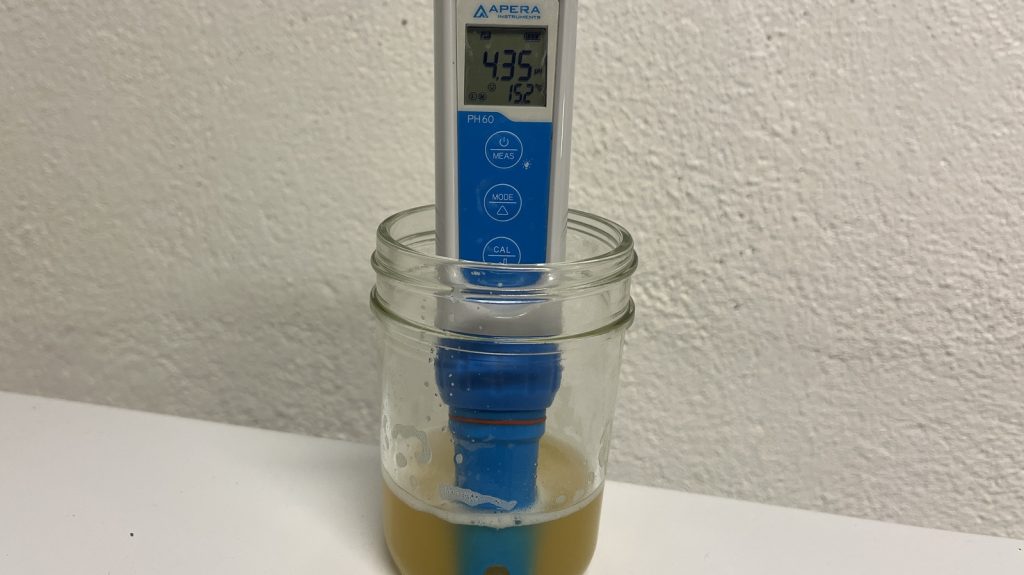
At this point, I transferred the still very warm wort to a sanitized souring keg. The time was 1:11 PM for a total brew day time of just 1 hour and 55 minutes.
The keg was placed in my chamber where it was left to chill to my desired souring temperature of 100°F/38°C, which ended up taking 11 hours, at which point I pitched a pouch of Imperial Yeast W25 Lacto. Brevis.
After purging the headspace of the keg with CO2, I attached a heat wrap, covered it in an insulative blanket, and placed it in an old kegerator that I now use as a warm chamber.
After 5 days, I took a measurement showing the wort had dropped to around 4.0 pH.

I then pressure transferred the sour wort into a kettle and began heating it up, during which I weighed out the miniscule hop addition.
The soured wort was then boiled for 30 minutes, after which I chilled it during transfer to a fermentation keg before taking a refractometer reading showing it was at 1.065 OG for a brewhouse efficiency of 49%.

Next, I pitched a single pouch of Imperial Yeast G03 Dieter.
I placed the filled fermenter in the corner of my basement, which oscillates between 59°F/15°C and 61°F/16°C this time of year. After 11 days of fermentation, I took a hydrometer measurement showing FG had been reached.
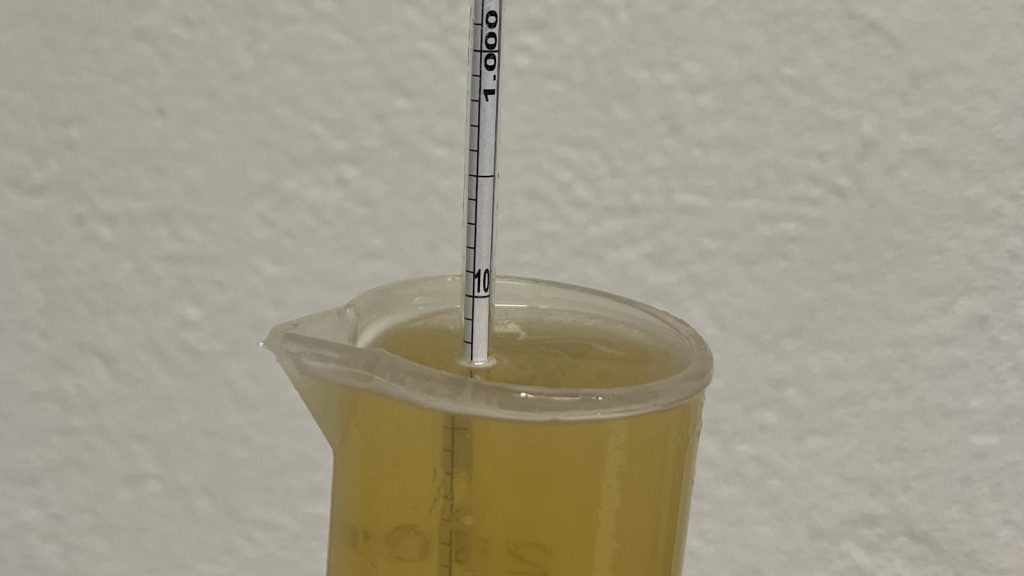
I also took a reading indicating fermentation further lowered the pH to 3.65.
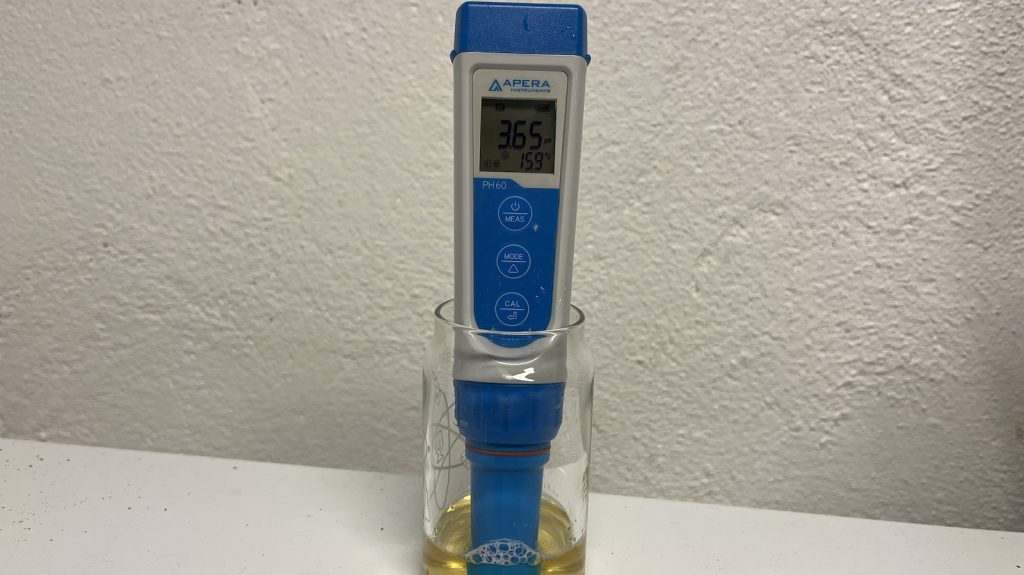
The beer was pressure transferred to a sanitized and CO2 purged keg that was placed in my kegerator on gas for 2 weeks, at which point I pressure transferred it to another keg that had Oregon Fruit Passion Fruit and Mango puree in it.
After applying CO2 pressure to ensure the keg was sealed, I gently turned the keg upside down and rolled it on the ground to mix the puree into solution. Curious of the impact the fruit addition had on specific gravity, I took another hydrometer measurement.

A final pH measurement also showed the fruit addition had the effect of increasing the acidity of the beer.
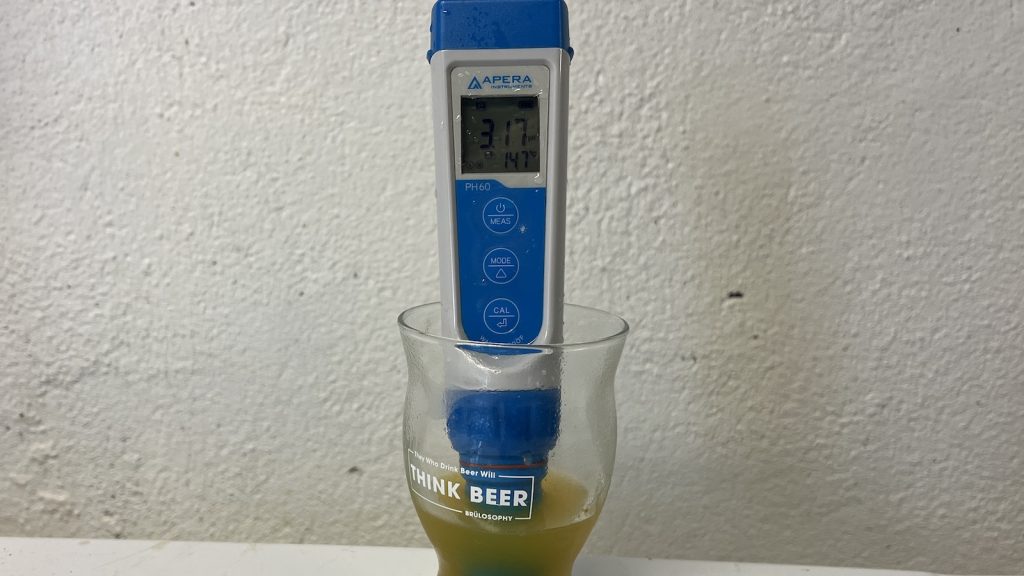
After a few days of cold conditioning on gas, the beer was carbonated and ready to serve to tasters.
| RESULTS |
A total of 21 people of various levels of experience participated in this Short & Shoddy evaluation. Participants were informed of the specific beer style and provided the BJCP description prior to completing the survey. Tasters were then instructed to rate how hoppy, malty, and dry they perceived the beer to be on a 0-5 scale where a rating of 0 indicated “not at all” and 5 indicated “extremely.”
Tasters were provided a list of common hop, malt, and yeast characteristics then instructed to select from each the one they perceived as being most prominent in the beer.
Hop Characteristics
Malt Characteristics
Yeast Characteristics
Next, participants were asked to indicate whether or not they detected any off-flavors in the beer; those who did were provided a list of common off-flavors and instructed to select the one they perceived as being strongest. A single person identified this beer as possessing a vegetal off-flavor.
Tasters were then asked to rate how well the beer represented the intended style, based on the provided BJCP description, on a 0-5 scale where 0 meant “not at all” and 5 meant “exactly.”
Finally, tasters were asked to rate how much they enjoyed the beer on a 0-5 scale where 0 indicated not at all and 5 indicated extremely.
My Impressions: I perceived this beer as having a big, bold tropical fruit with essentially zero malt, hops, or yeast-derived fermentation character. This Wild Specialty Beer was all fruit, all the time with a nice acidity that was well balanced by the unfermented fructose. Not only did it drink like a smoothie, it looked like one too.
| CONCLUSION |
From kriek-inspired spontaneous fouder-aged ales that are refermented on organic hand-picked cherries during harvest season, to lactose and canned fruit puree-infused smoothie kettle sour beers that may or may not explode in the package, modern fruited American sour beer takes many forms. While I tend to brew versions that resemble the former, I was curious to see how a Wild Specialty Beer brewed using a far less conventional Short & Shoddy approach would turn out.
As has come to be expected from these Short & Shoddy brews, tasters of this Short & Shoddy Wild Specialty Beer not only felt it was a good representation of the style, but most seemed to enjoy as well. With just one person noting a vegetal off-flavor, it’s possible this was a fluke, as neither I nor any other taster detected anything off about this beer. Overall, participants perceived the malt and fermentation characteristics of this beer to be most prominent, albeit rather restrained, while the hoppiness was rated lowest.
I felt this Short & Shoddy Wild Specialty Beer was an excellent example of the burgeoning smoothie sour style, though the lack of lactose certainly enhanced my personal enjoyment of it. The moderate acidity prior to the puree addition was counteracted nicely by the puree-induced acidification, making this a perfect use case of the less aggressive souring that some have found with Lactobacillus brevis. The sweetness of the unfermented fruit puree combined with the final acidity of the beer was a match made in tiki heaven– this beer was dangerously delicious! Although I tend to prefer the more nuanced flavors contributed by refermentation of fruit additions, this was certainly a fun cocktail-esque beer that was perfect for sipping on a sunny day.
If you have thoughts about this Short & Shoddy brew, please feel free to share it in the comments section below!
Support Brülosophy In Style!
All designs are available in various colors and sizes on Amazon!
Follow Brülosophy on:
FACEBOOK | TWITTER | INSTAGRAM
If you enjoy this stuff and feel compelled to support Brulosophy.com, please check out the Support page for details on how you can very easily do so. Thanks!


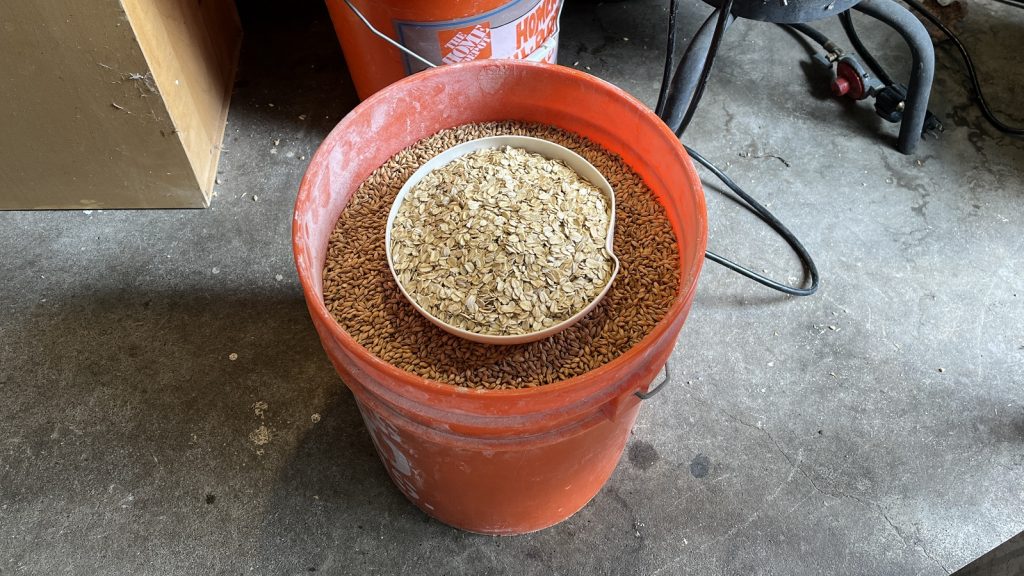
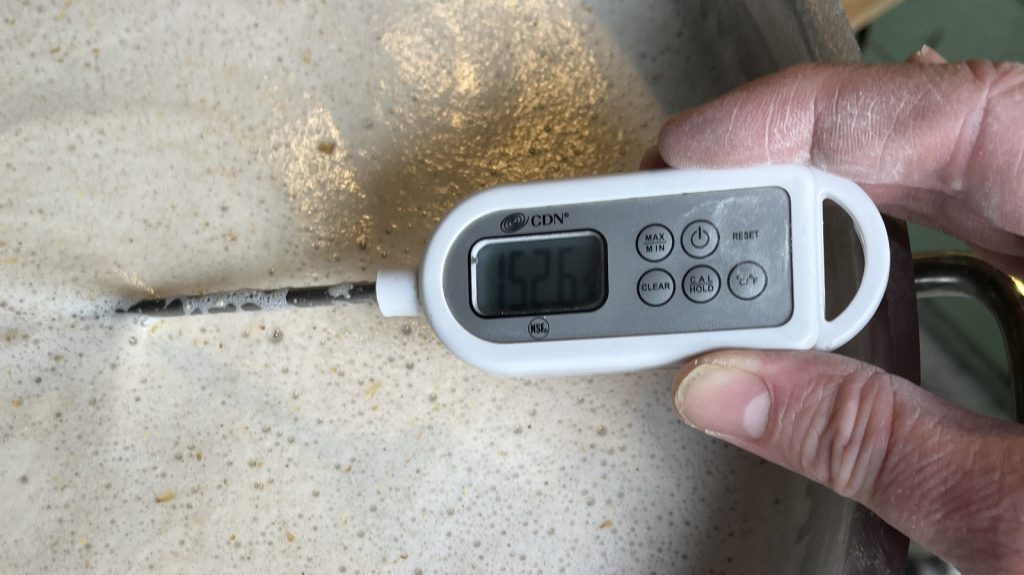
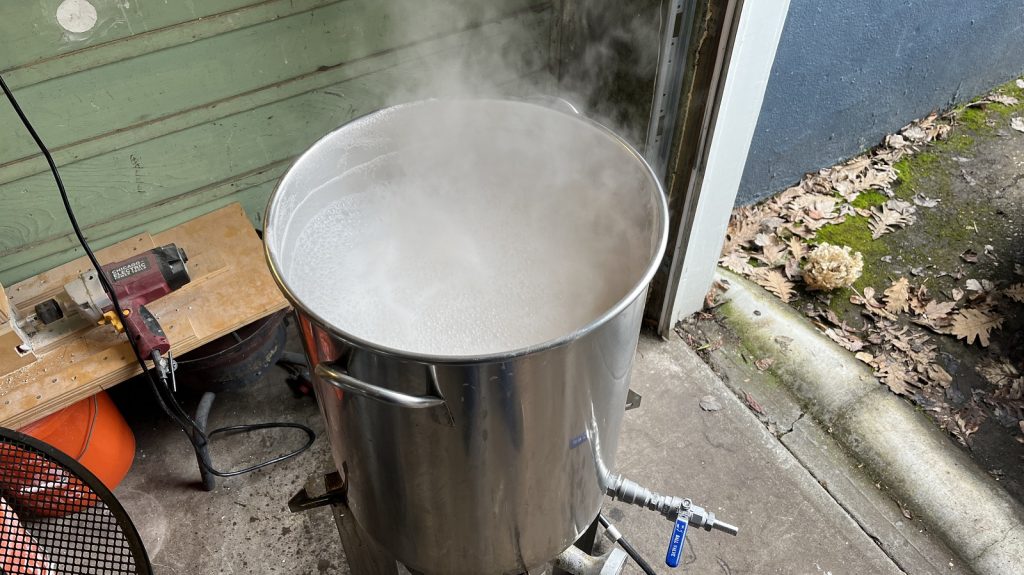
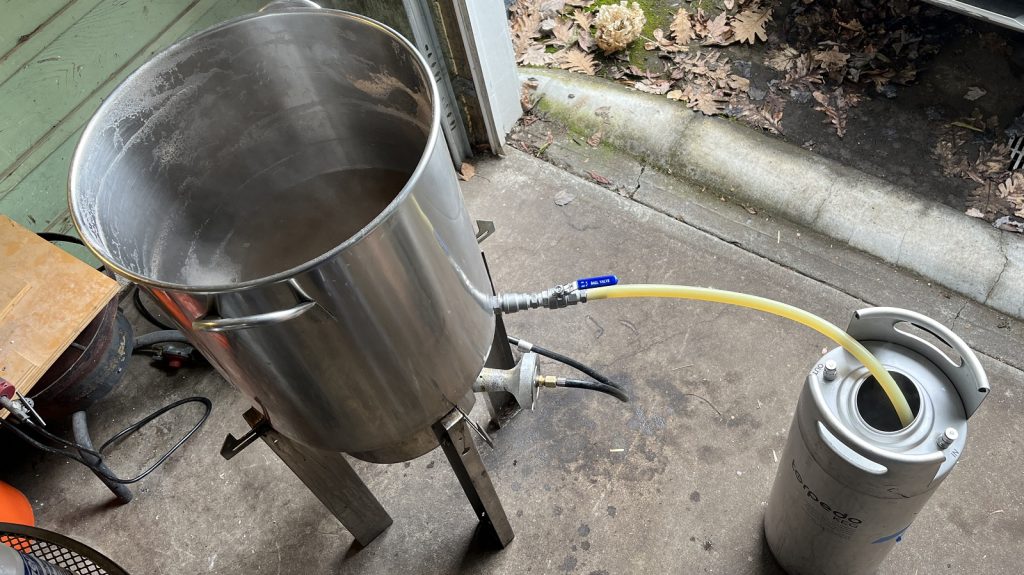
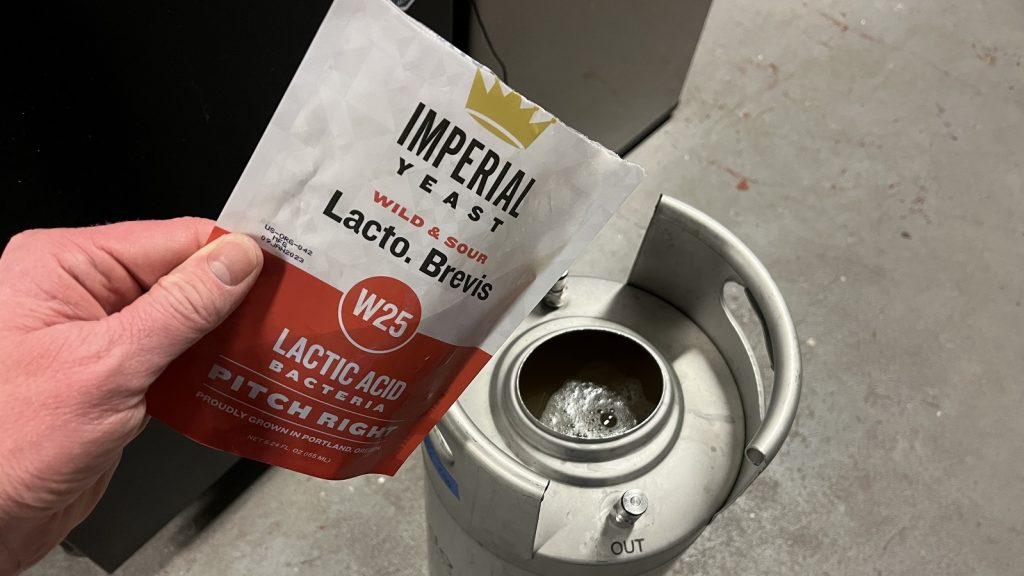
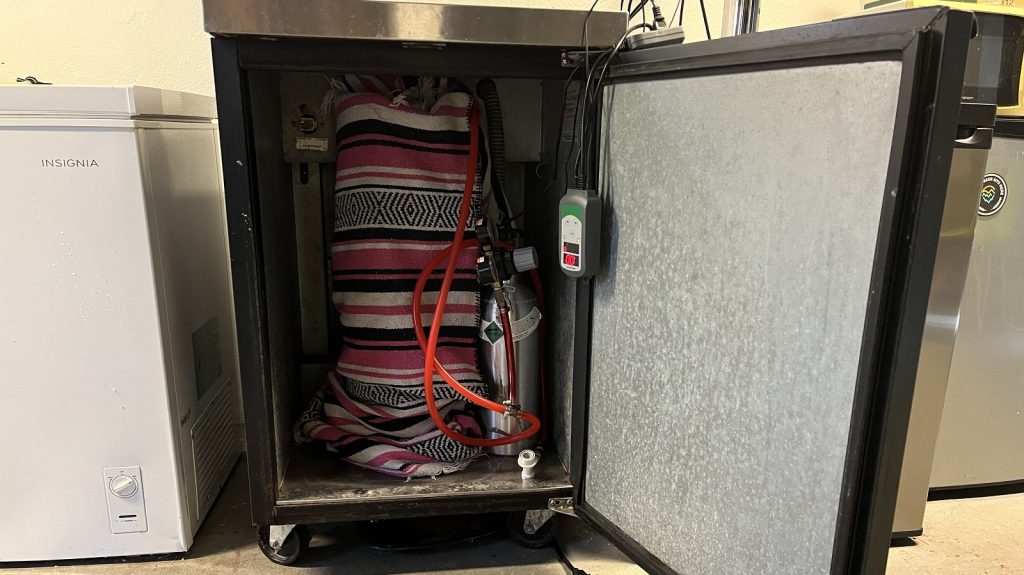
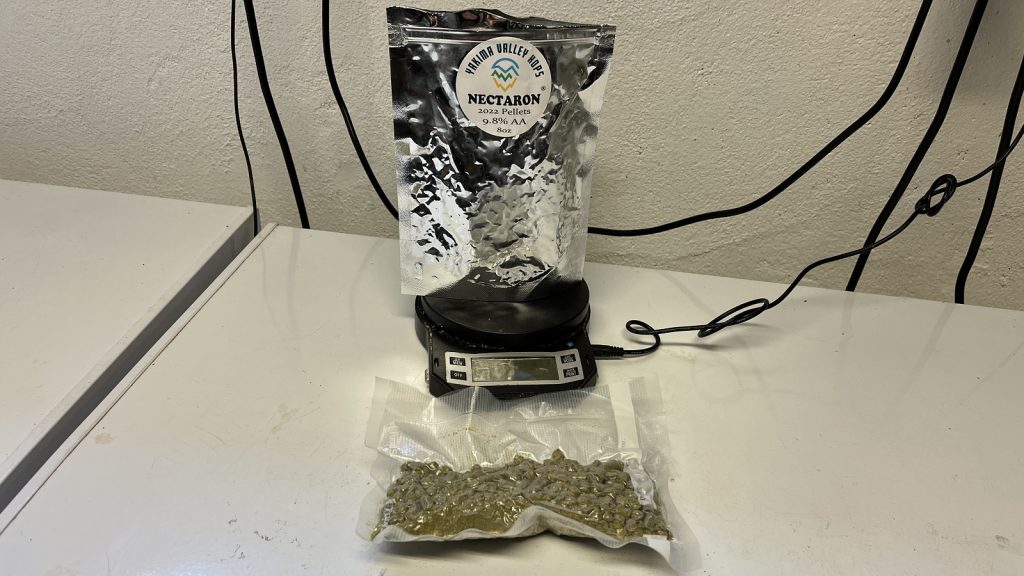
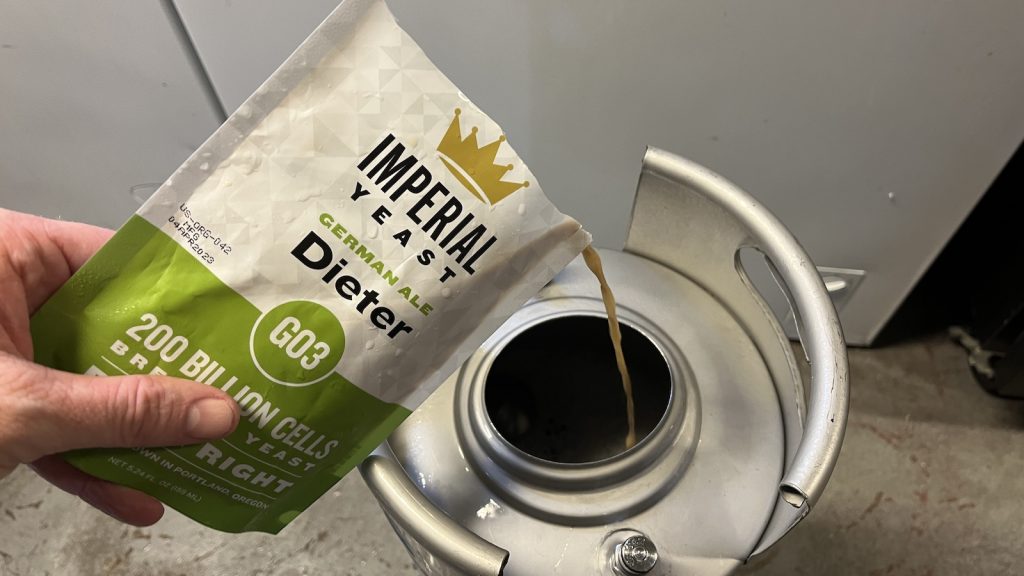
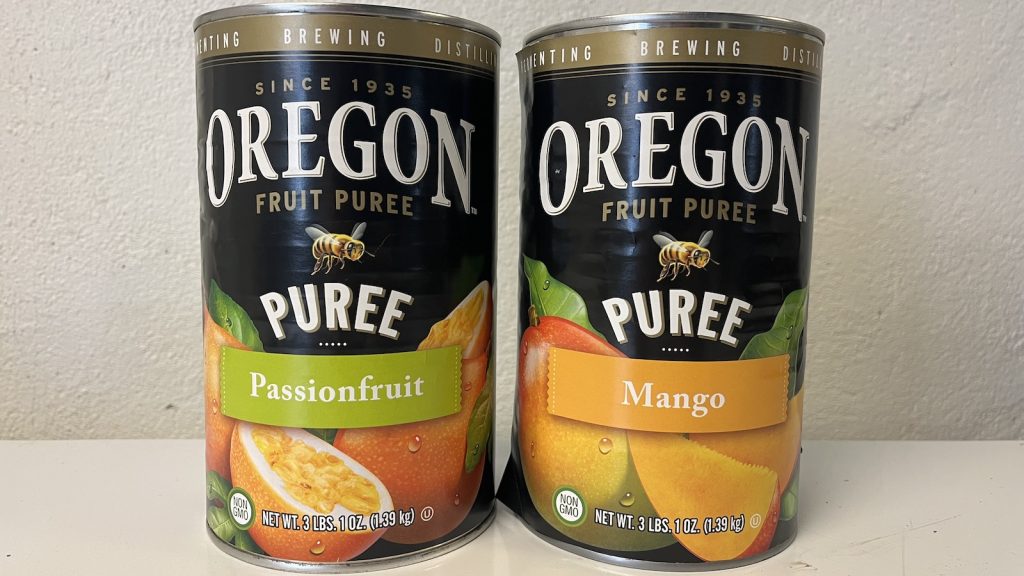
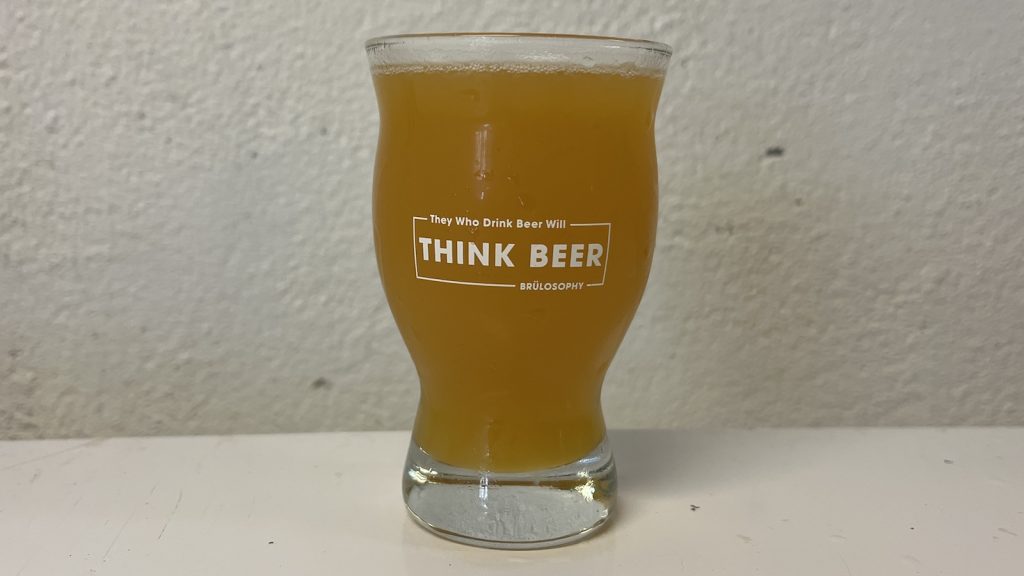

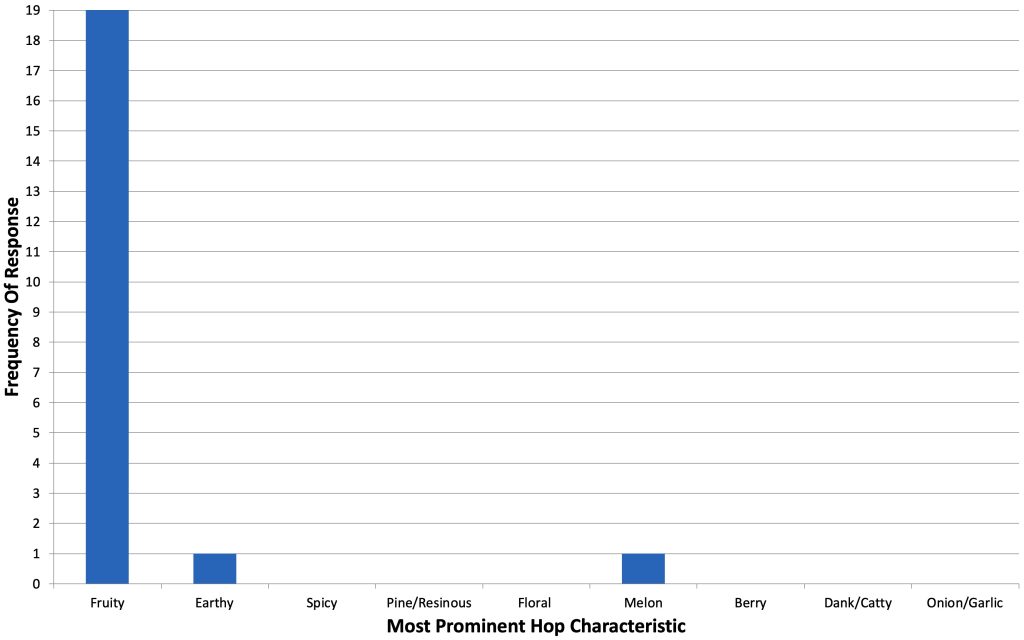
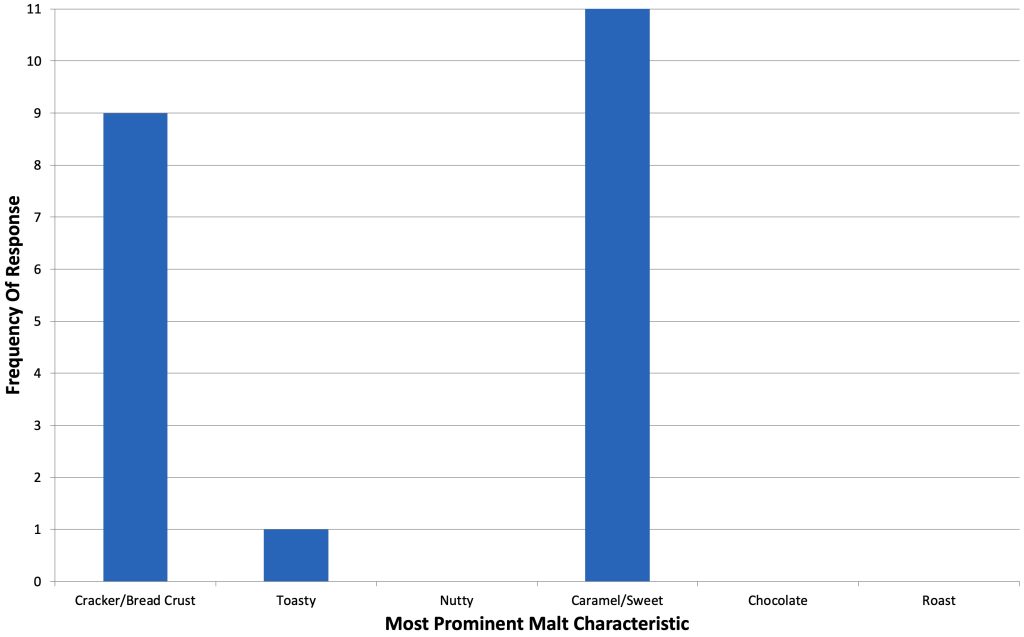
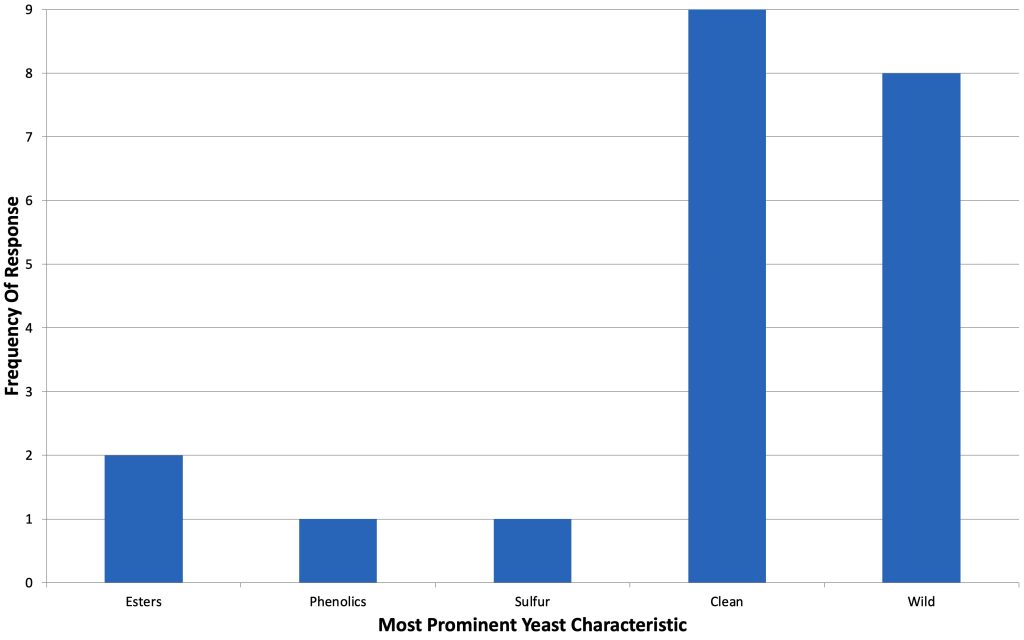
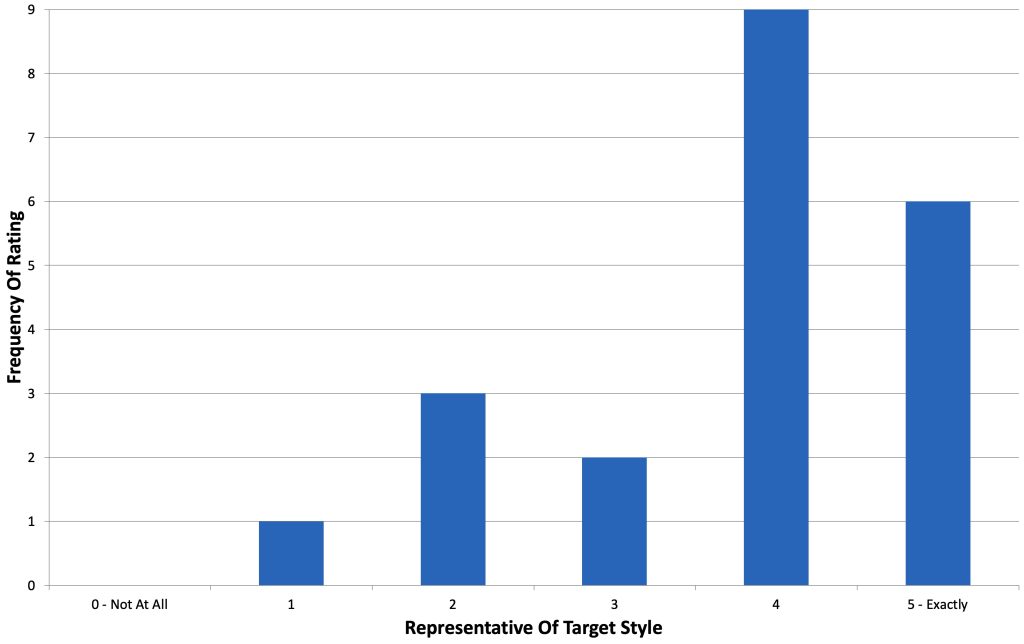
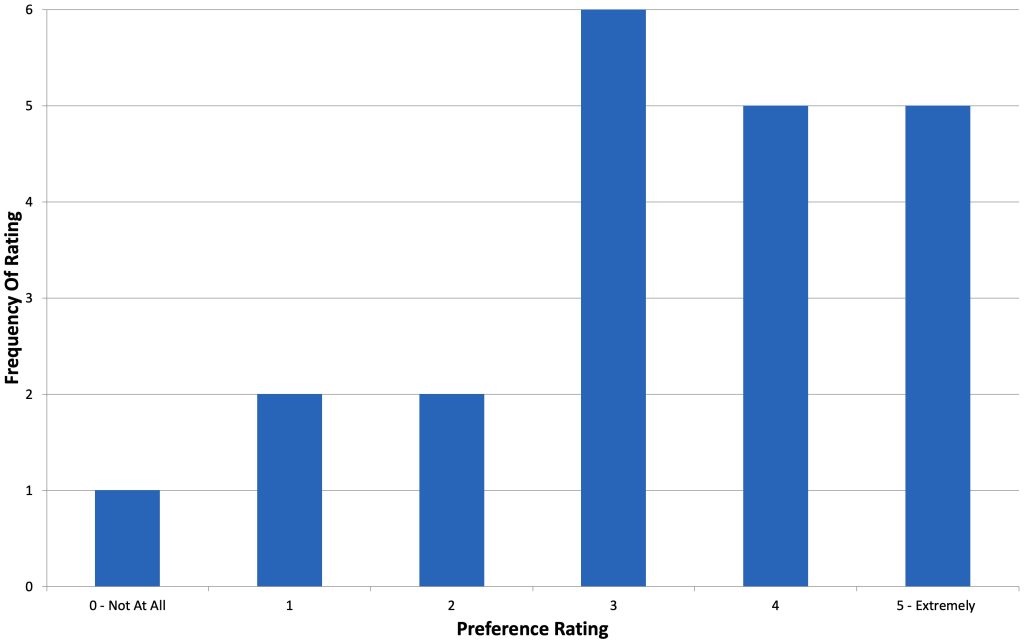











3 thoughts on “Short & Shoddy | Wild Specialty Beer: Smoothie Sour”
How did you stop it from refermenting after adding the fruit? Did you kill the yeast? I guess if you bottled these right after they would explode?
The only prevention against refermentation was keeping the keg cold. I would anticipate development of bottle bombs if this was bottled from the keg and then stored warm.
This brew would have been even shorter if you had instead just gone down to your local Jamba Juice and bought a smoothie.